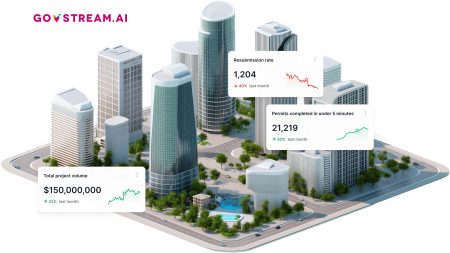Amazon’s Strategic Tax Maneuvering in the Age of AI Investment
In a year marked by technological advancement and policy shifts, Amazon finds itself navigating a transformed tax landscape that has significantly altered its financial obligations. Under CEO Andy Jassy’s leadership, the tech giant is leveraging recent tax law changes to fuel unprecedented investment in artificial intelligence infrastructure while simultaneously restructuring its workforce. This approach illustrates the complex interplay between corporate strategy, technological innovation, and government policy in shaping the future of American business.
The “One Big Beautiful Bill Act of 2025,” championed by President Trump and the Republican-led Congress, has dramatically reduced Amazon’s immediate tax burden, allowing the company to redirect capital toward ambitious technological initiatives. According to Amazon’s third-quarter filing released Friday, the company paid just $1.1 billion in cash for income taxes during the third quarter—a striking 45% decrease from the $2 billion it paid in the same period last year. This reduction occurred despite quarterly profits rising by an impressive 38% to $21.2 billion. For the first nine months of 2025, Amazon’s cash tax payments fell to $6.8 billion, down from $8.2 billion in 2024. This financial windfall contributed to investor confidence, with Amazon’s shares surging more than 10% in early trading following its blockbuster earnings report that exceeded market expectations.
The new tax legislation introduced two critical changes that particularly benefit companies making substantial capital investments. First, it reinstated 100% “bonus depreciation,” enabling businesses to deduct the full cost of new equipment—such as servers for AWS and AI or warehouse robotics—in the year of purchase rather than spreading deductions over multiple years. Second, the law restored immediate expensing of domestic R&D costs, reversing previous requirements that mandated this spending be amortized over several years. For a company as capital-intensive as Amazon, these changes translate to a significant and immediate reduction in taxable income. This tax advantage arrives as Amazon’s spending on property and equipment reached $35.1 billion in the third quarter alone—a remarkable 55% increase from the previous year—driven primarily by massive investments in AI infrastructure.
While proponents of these tax changes argued they would stimulate investment and job creation within the United States, Amazon’s situation reveals a more nuanced reality. The company is indeed capitalizing on the new tax incentives to accelerate technological investment, but simultaneously eliminating approximately 14,000 corporate jobs. When questioned about these seemingly contradictory moves during Amazon’s earnings call, CEO Andy Jassy characterized the layoffs not as cost-cutting measures but as strategic efforts to simplify operations and reduce bureaucracy following years of rapid growth. Amazon recorded a $1.8 billion pre-tax charge in the quarter for severance and related expenses associated with these workforce reductions. Notably, Amazon isn’t alone in this approach—both Microsoft and Google referenced the 2025 U.S. tax law in their latest quarterly reports, acknowledging similar near-term tax benefits as they expand their AI and cloud infrastructure investments.
For Amazon, these tax law changes represent a new chapter in what has been a contentious national conversation. The company, which previously faced criticism for paying minimal federal income taxes despite substantial profits, has consistently maintained that it complies with all tax obligations under U.S. law. However, the current reduction in cash payments represents only part of a more complex financial picture. While Amazon’s immediate tax outlay has decreased, the tax expense reported on its income statement—a figure based on accounting principles rather than cash disbursements—has nearly doubled. The company’s income-tax provision for the first nine months of 2025 reached $14.1 billion, a substantial increase from $6.9 billion during the same period last year.
This apparent contradiction between reduced cash payments and increased tax provisions illuminates the nuanced nature of the new legislation. According to Amazon’s filing, the increase in its accounting tax provision was also driven by the new tax act, which reduced other benefits such as deductions for overseas profits. The $7.3 billion gap between Amazon’s accounting provision ($14.1 billion) and its actual cash tax payments ($6.8 billion) demonstrates how the law shifts the timing of tax obligations rather than eliminating them entirely. In essence, the accelerated deductions reduce Amazon’s immediate tax expenses, allowing the company to retain more capital for investment in the short term, but these deferred tax liabilities will ultimately come due in future years as assets are depreciated on the company’s books. This sophisticated approach to tax planning enables Amazon to maximize current AI investments while preparing for longer-term financial obligations—a strategy that exemplifies how leading technology companies are adapting to evolving economic and regulatory environments.















